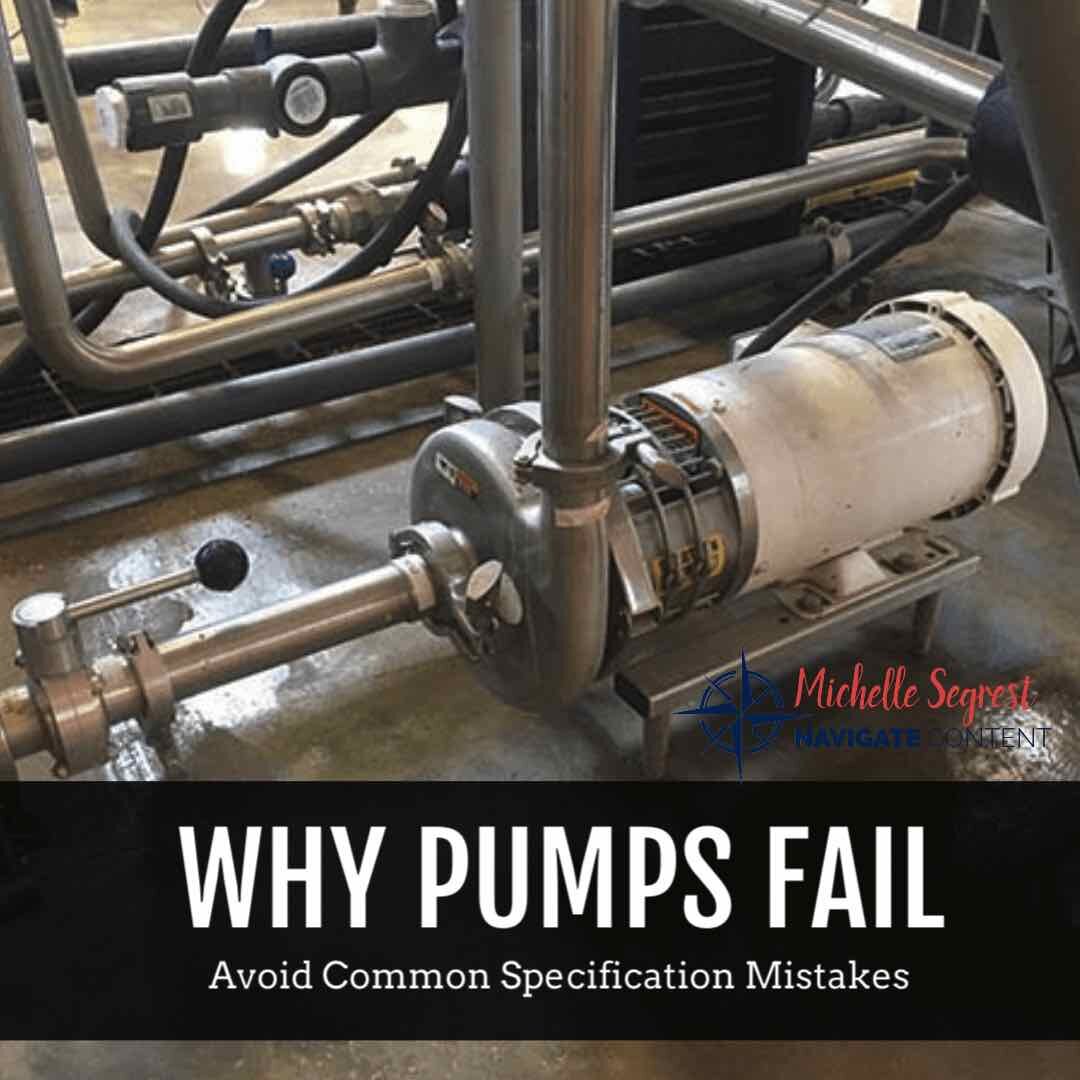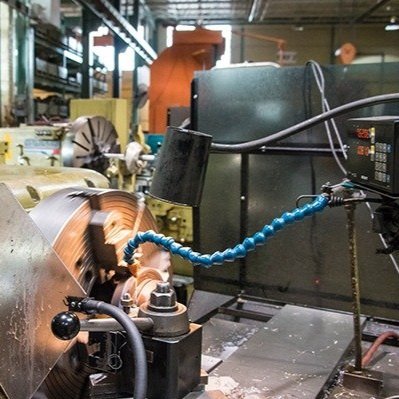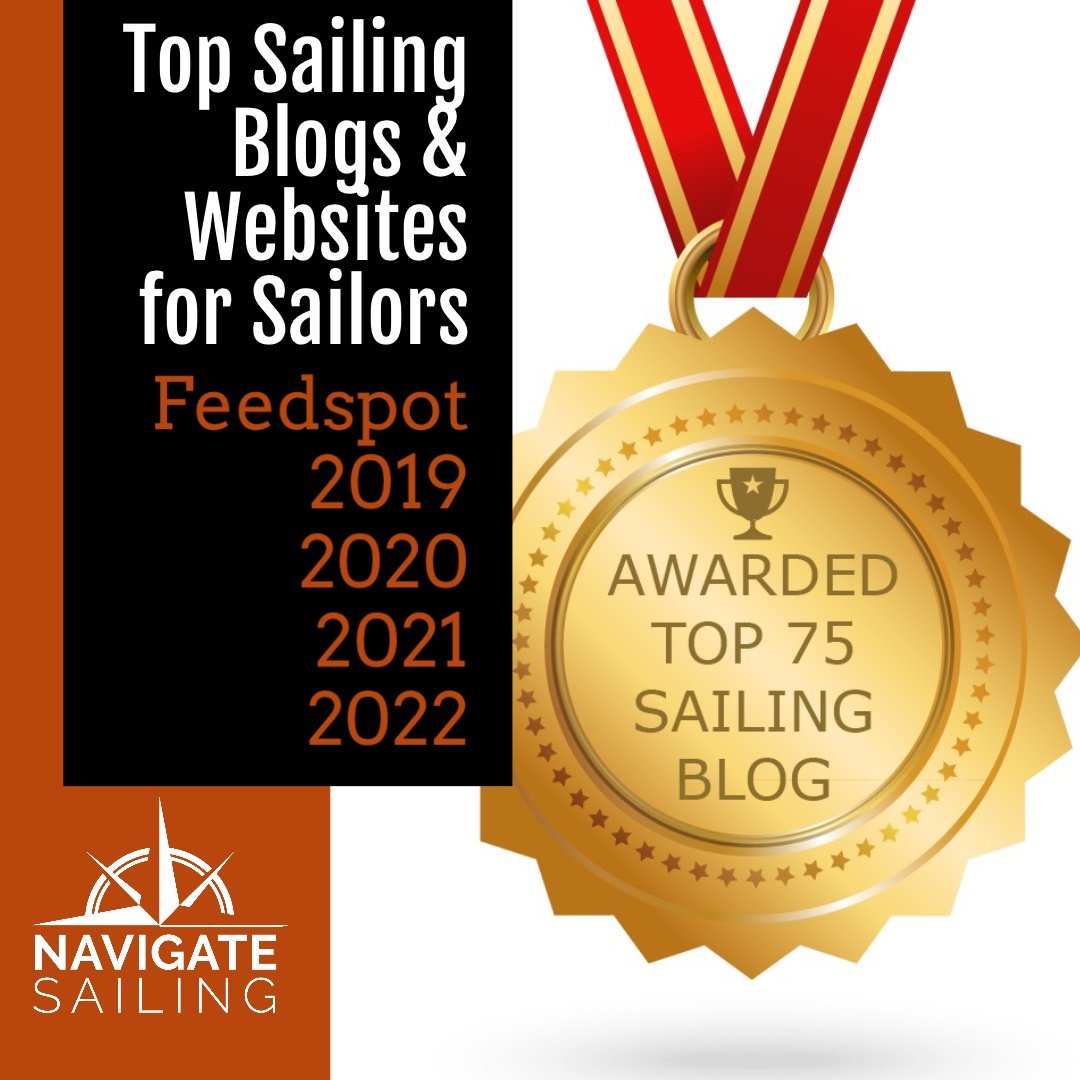Hydraulic Transient Simulation Analysis Predicts and Solves Problems
/As a Senior Hydraulics Engineer for Freese and Nichols, Inc., Tom Hill solves problems for his clients by building hydraulic transient simulation models of pump stations and pipelines to analyze, predict, and solve critical issues.
By Michelle Segrest, Navigate Content - Reporting for Valve World Americas and Pump Engineer
Whether onsite with his hands on the equipment, or in front of his computer utilizing simulation software, Tom Hill has spent nearly four decades solving problems for his clients. Through the simulation process, he constructs models that can be utilized to demonstrate upset conditions such as tripped pumps, broken pipe, closing valves, or emergency shutdown operations.
He analyzes the results, determines whether peak surge pressures might exceed regulatory limits, predicts the likelihood of component failure, and makes recommendations that resolve problems and prevent transient accidents that can cause safety hazards to people and equipment.
After seeing a nuclear reactor exhibit by the Atomic Energy Commission at the Arizona state fair in Phoenix during his sophomore year of high school, Tom knew he wanted to be an engineer.
A bachelor’s degree in nuclear engineering from the University of Arizona in Tucson earned him a job in system design of the South Texas Nuclear Plant in Bay City. However, one year later in 1979, the Three Mile Island accident put a damper on the nuclear industry and forced hundreds of engineers, including Tom, to pursue other interests.
For Tom, that new interest was hydraulic transient computer analysis. Ever since, he has used simulation software to conduct hydraulic steady state and transient analysis for power plants, municipal water systems, crude oil pipelines, refineries, and wherever pumps are used to flow liquid or gas products through a pipeline.
Modeled piping systems include isolation valves, check valves, control valves, pressure relief valves, and other assorted types of valves within the pump stations as well as at the delivery discharge. Modeled control valves can include elaborate control systems comprised of sensors, relays, PID controllers, and actuators.
With diverse experience in various industries and applications, his simulated hydraulic analyses take into consideration a multitude of components and specifications. In cooling water systems at a refinery, for example, he must consider different temperatures of water and different types of water (seawater or clean water), different types of piping materials, different types of valves, and various regulatory standards and requirements (like standards for maximum allowable surge pressure). But the goal of the analysis is similar—to prevent the repercussions of major surge events that cause severe damage or exceed regulatory criteria.
“This type of analysis is elaborate because pipelines can reach out hundreds of miles,” Tom explained. “ A water distribution system may include hundreds of miles of pipe constructed of various materials and having different pressure ratings that snake all over the place in a rat’s nest of piping. A surge analysis model must include all these factors in the analysis, as well as the additional components that are required to operate the system.
In the water industry, for example, there are vacuum break valves installed at various high points in the piping system. These vacuum break valves permit air ingress into the pipe to help alleviate vacuum conditions. Those components are not permitted in oil or natural gas systems due to flammability reasons, but the computer simulations that are run on water systems enable me to properly locate and size the air and vacuum valves that are needed. I can also simulate the behavior of surge accumulator tanks, surge relief valves, and dampeners on check valves, which help mitigate undesirable surge effects.”
Freese and Nichols serves as an engineering contractor and consultant for utility companies that transmit water, like state and county water utilities and water districts or municipalities that take water out of lakes and transport it to the larger city’s larger distribution systems. Or it could be a company that has oil transmission lines (subsea and on land) and are transmitting gasoline or crude oil from one place to another. Tom uses the same software, but uses the different fluid properties and pipe properties to characterize the behavior of the product within the pipe.
Solving Pipeline Problems in Wastewater Applications
Every day, Tom solves problems for his customers through his in-depth hydraulic transient analysis.
One example is a customer in south Florida who had a water treatment plant (WTP) that was used to remove salt content and other impurities through reverse osmosis. The potable water from the WTP was then transported through a 30” PVC line to a residential area. The WTP had an upset condition with pumps tripping off line. The electric power was not stable or reliable. Every time the pumps would trip off line, it would send a shockwave down the piping. The 30-inch pipe had been installed in a trench that was not backfilled properly.
“It should have been installed in packed sand, but instead it was sitting on rock,” he explained. “Every time the shock wave transmitted down the pipeline from the tripping pumps, it would cause an axial displacement of the pipe. It would abrade against the surface of the rock. It eventually wore a hole in the PVC pipe and all the water came out in an area where there was a vapor cavity. All the air escaped and then the liquid columns crashed together creating a loud pop. All the kinetic energy of the liquid columns coming together created a large potential energy conversion into pressure. The surge pressure spiked and split the pipe. The split propagated out over a thousand feet. They had 30-inch pipe with an axial split that ruptured the pipe and then there was a thousand feet of pipe with gushing water. They called my boss who delegated to me to find out what happened.”
Tom recreated the accident on the computer simulation model to identify the root cause.
“The SPS software is flexible enough to enable me to calculate the axial force loads that are imposed on the pipe,” he said. “This enables me to determine the magnitude of forces that may occur following a pump trip event or a valve closure, or any other transient event. This helps in the design of thrust blocks to help support piping or valves. This particular client received a detailed surge analysis report containing the solution, which was to replace some of the vacuum valves in the area that weren’t functioning correctly to be able to exhaust the air coming in and also fix the backfill problems with the pipe installation. It was basically a construction problem combined with component and equipment failure that caused the thousand feet of pipe to split.”
There are specific instances of damage caused by hydraulic surge. For example, a client at a Texas water facility had a power failure at a pump station. Several minutes later, there was a reversal of flow. The flow came back to the pump station and slammed the check valves. “This actually launched a pump upward vertically and broke the bolts that were holding it down to the baseplate,” he said.
“It had so much force it literally just picked up the pump and slammed it back down. Similar things can happen at oil pumping stations. Surge problems occur all over the place. Part of the reason is that some engineering design companies designed their system for steady state operation without accounting for the transient events that can occur during startup or shutdown, or for abnormal conditions such as power failure, emergency shutdowns, or sometimes even sabotage or vandalism can damage the piping, pumps and other equipment.”
In another scenario, there was a horizontal split case pump that transported water from a lake from within a dry well and then pumps it vertically to a ring header where there are six pumps in a circle on the bottom level of the dry well. The customer had a problem with the check valve leaking. The water in the riser pipe went back through the leaking check valve, back through the pump, and back into the lake. As a result, there was a vapor cavity in the discharge column.
“When it started pumping again, the pump went out on the curve toward runout, accelerating a slug of water upward, smacking it into a butterfly valve, and moving it into the ring header and deforming the piping,” he said. “A shockwave was then sent back down the riser, back through the check valve and split the case of the pump. It was a horizontal split case pump that then became a vertical split case pump.”
Safety Issues and a Need for Creativity While Solving Pipeline Problems
A transient pressure wave travels through liquid filled pipes at the speed of sound, generally around 3,000 to 3,600 feet per second within concrete or steel pipe. The wave speed is reduced in PVC or HDPE pipe. If there is piping in an elevated rack where there may be maintenance personnel walking around, that pipe can move around and become extremely dangerous.
“When there is a pump failure, or a pump trip, suddenly there is a negative pressure (rarefaction) wave that travels down the line and then reflects off tanks, or dead-ends in the pipe and then reflects back upstream to the pumps,” Tom said.
“It then smacks against the check valves in the pump discharge line. All this creates heavy oscillation of a pressure spike within the system. It ricochets all over the place until it is attenuated due to friction. The only way to avoid this is if someone designed the system to include surge mitigation devices such as a surge accumulator tank, surge relief valves, or dampeners on the check valves to help the valves close gradually.”
Learning ways to minimize this effect through analysis and predictive design is becoming more common throughout industry. The need for creativity also comes into play.
“Sometimes I have to come up with creative ways to simulate something that the software wasn’t equipped to deal with,” he said. “For example, sometimes offshore platforms will have marine flexible hoses used for offloading product onto a tanker or for transporting product to the shore. They have a marine breakaway coupling that is used in the event the ship gets stuck in waves or something that tries to pull the boat away from the platform.”
The marine breakaway coupling will have some spring loaded valves that will close both sides of the device and then split apart. This is not a component that is able to be modeled within the default list of devices available within the Synergi Pipeline Simulator (SPS) software. “I had to fabricate this device using some other valves, piping, and timing loops to reproduce the behavior of this component. This type of scenario makes my job difficult and challenging, but always exciting and interesting.”
Sometimes a cross country transmission pipeline will go up and down mountainous terrain and operate in what is called “slackline flow,” in which the liquid is flowing at its vapor pressure, but it fills a crescent-shaped volume on the bottom of the pipe. There is a vapor cavity on the top of the liquid phase within the pipe.
“It flows that way so that the cross sectional area of the liquid is a small fraction of the cross sectional area of the entire pipe,” Tom explained. “The software can deal with this to varying degrees of accuracy. We can recommend installing back pressure control valves or other components to try to force the pipe to flow where it is full of liquid rather than under slack line conditions.”
Some pumps operate with variable speed motors, which requires building a control system into the model to determine at what speed the pump will operate on its performance curve based on control parameters (discharge pressure, suction pressure, flow control, etc.). Sometimes the pump speed is governed by liquid level in a tank. “The software I utilize has the ability to model sensors, relays, controllers, actuators, and all the instrumentation needed to enable a pump to vary its speed or a control valve to vary its throttle position,” he said.
Passing Knowledge in a Changing Industry to Close the Skills Gap
Creative and challenging scenarios like this have been commonplace throughout Tom’s 39-year career. He takes pride in mentoring the next generation of mechanical engineers and regularly teaches classes and seminars on surge control in liquid petroleum pipelines for the University of Texas’ Petex facility.
“One of my goals and responsibilities in my current position is to teach a group of young engineers to do what I do,” Tom said. “When I retire, hopefully there will be several engineers who can continue on with some of my knowledge of surge analysis and with the benefit of my experience.”
He said that he considers this knowledge transfer a privilege and a responsibility.
“The best advice I can give young people who are entering this field is to never stop learning,” Tom said. “I still learn new stuff all the time. One of the nice things I see about the environment in which I work is that the pumps and the valves and the piping are often the same today as they were 40 or 50 years ago. Some things improve, but the simulated behavior of those components doesn’t change a whole lot. I’m using software that has undergone major changes through the years. Every year it gets better and faster, and has more features. Now we have the technology available to simulate and predict problems before they occur. Now municipalities who oversee the construction of water transmission lines and regulatory agencies dealing with transmission lines of crude oil or gasoline or natural gas know that the technology exists to do a surge analysis so they can build it into the specs.”
For Tom, the responsibility goes beyond the workplace.
For many years, he has regularly judged high school science fairs held at George R. Brown Convention Center and University of Houston in Houston. Tom mentored a young student who wanted to build an oil, gas, and water separator as his science fair project. Tom knew this would be a safety hazard, so he taught the student how to use the software to build a computer simulation model of it instead.
For several weeks, Tom spent his Saturdays teaching the student how to use the software to build the model and demonstrate the hydraulics. “This provided the student with the equivalent of a college level fluid mechanics course,” he said. The student won several awards and nearly $60,000 in scholarships and now studies petroleum engineering at the University of Texas.
“As part of the aging workforce, it is good to see so many companies establishing mentoring and apprenticeship programs,” Tom said. “There is good reason to feel confident that the pump industry is in good hands.”
Michelle Segrest is president of Navigate Content, Inc., a full-service content-creation firm and has been a professional journalist for 30 years. She has covered the industrial processing industries since 2008 and specializes in technical articles and case studies that focus on technology and innovation connected with rotating equipment. michelle@navigatecontent.com
This page contains affiliate links. If you click on the product links and make a purchase, it allows me to make a small commission at no extra cost to you! Thank you for your support and I hope you find value in this content!











